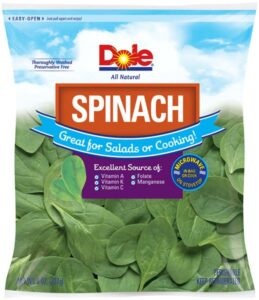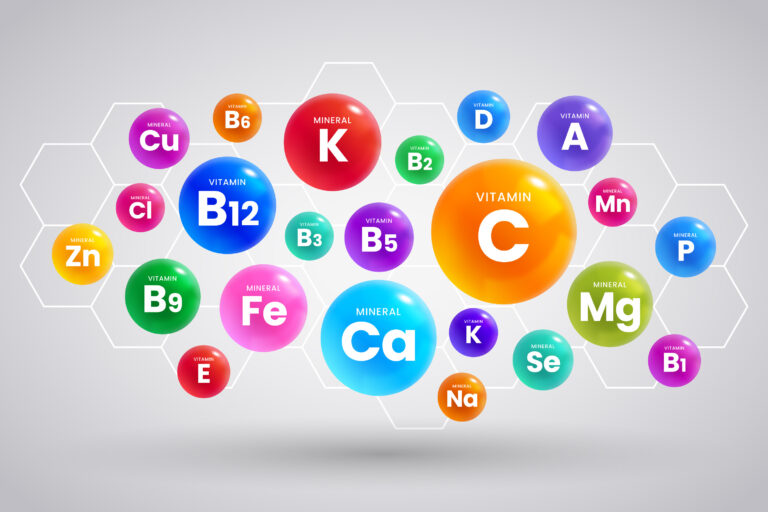Let’s cut to the chase . . . the calorie is an oversimplified measure of food. While calorie counting may be a useful strategy in the short term, study after study shows that it is not a reliable long-term strategy for weight loss or general health concerns.
The calorie is purely a measure of energy. Yes, energy is necessary for our bodies, but we all have plenty of energy already stored in our bodies – as fat. In order to function optimally and to properly utilize that energy, we also need nutrients in the form of vitamins and minerals. Vitamins and minerals are critical cofactors for all the biochemical processes in the body. Some of these can actually be made by our bodies, such as vitamin D via the sunlight, however many are deemed “essential”, meaning that we must acquire such nutrients in our diets.
What is Nutrient Density?
Far more important than pure energy content of food is the amount of nutrients contained within. It makes no sense to consume a food that is pure energy and has no nutritional value, especially when we already have abundant stored energy (body fat).
Nutrient density is the ratio of nutrients contained in a food to the energy provided by the food item for a standard amount, for example, per 100 grams of a particular food. It is sometimes also expressed as nutrient content per calorie or per serving.

Nutrient content per calorie is not a very useful measure, however, as some foods have so few calories that one would need to consume impractically large amounts. For example, the nutrient density of iron in eggs is 13.6 mg/1000 calories, compared to 150 mg/1000 calories in spinach. The problem is that you would need to consume 500 gm of spinach to get 13.6 mg of iron, compared to only 100 gm of egg.
Even the US Dietary Guidelines in 2005 acknowledged the value of nutrient density by stating, “Get the most nutrition out of your calories”.
The Dietary Guidelines, however, has a clear bias against dietary fat intake and thus promotes low-fat alternatives to traditional foods. One of the many consequences of avoiding dietary fat is inadequate intake of the fat-soluble vitamins – A, D, E, and K.
Nutrient density vs energy density
There is an assumption that obtaining an adequate number of calories will ensure that one also obtains an adequate array of micronutrients. Unfortunately, our population is overfed, but undernourished – we consume plenty of energy, but it comes from foods that are not rich in nutrients. Processed foods are engineered to maximize pleasure, not to maximize nutritional value. Energy-dense processed foods tend to be cheaper and more convenient, compared to perishable, farm-fresh foods that are richer in nutrients.
High energy density relative nutrients is a contributor to obesity and type 2 diabetes. Some examples of foods with high energy density but low nutrient density are sugar-sweetened beverages, desserts, and alcohol.
[to be continued]





